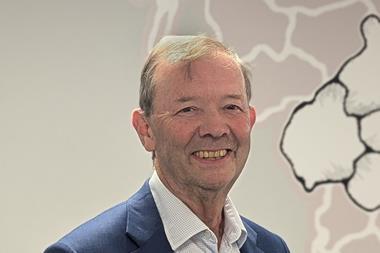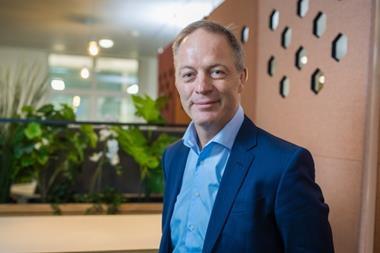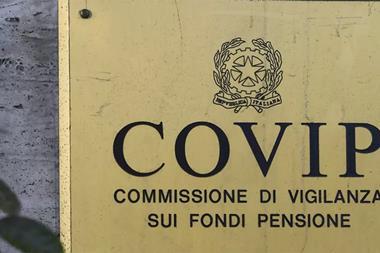SWITZERLAND - Switzerland's Caisse de Prévoyance du Valais (CPVAL) is adopting a new asset liability management (ALM) strategy before receiving new capital from the local state that will help the fund to invest in more risky asset classes.
The recent fall in equity and bond markets, as well losses stemming from foreign exchange risk, has led the pension fund to adopt a new ALM strategy.
Patrice Vernier, director at CPVAL, told IPE: "Because 80% of our results depend on a strong investment strategy, the new ALM option will enable us to better evaluate the future capital coming into the fund ,as well as to better evaluate the cash flow movement in regards to the assets.
"The adoption of a new rate of 4% for the calculation of our commitments toward pensioners also means the ALM strategy will enable us to make sure we get the right return on investments."
Vernier said only a few asset classes provided such high returns. The new strategy will therefore enable the fund to improve its allocation and avoid any risks that arise due to mismatches between the assets and liabilities.
CPVAL has been highly exposed to the foreign exchange risk in recent months as the Swiss franc has strengthened considerably against the US dollar and the euro.
The Swiss pension fund's exposure to currency risk reached 16%, with 8% invested in the US dollar and another 8% invested in the euro.
Vernier, who said the fund had not implemented any hedging strategy to protect its portfolio against currency risk, confessed that they hoped both the dollar and the euro would return to previous levels.
"The Swiss franc is overvalued ,and its price is currently 20% higher than it should be," he said. "But we are not seeking to hedge our portfolio against this risk now.
"The cost to implement such a strategy is way too high, and a hedging solution would not appear as the best option after the losses we have already [incurred]."
However, in spite of the losses made on the equity market, CPVAL will stick to its plan and continue to allocate a large part of its portfolio to this asset class, while maintaining its allocation to alternative assets (10%).
"The team remains confident equities will continue to provide a high return on investment," Vernier said.
The strategic positioning to the equity portfolio will also be increased with the new allocation made by the State of Valais in January next year.
The local state plans to invest between CHF400m (€385.2m) and CHF500m into the pension fund.
The investment will be made as a loan, with the state paying an interest rate of 3.5% to the pension fund.
Vernier added: "This extra amount of capital will give us the opportunity to invest in more risky assets such as equities and commodities, which will obviously increase our return on investment."
Last year, the State of Valais already provided a CHF310m investment to the fund in the form of a loan.

























No comments yet